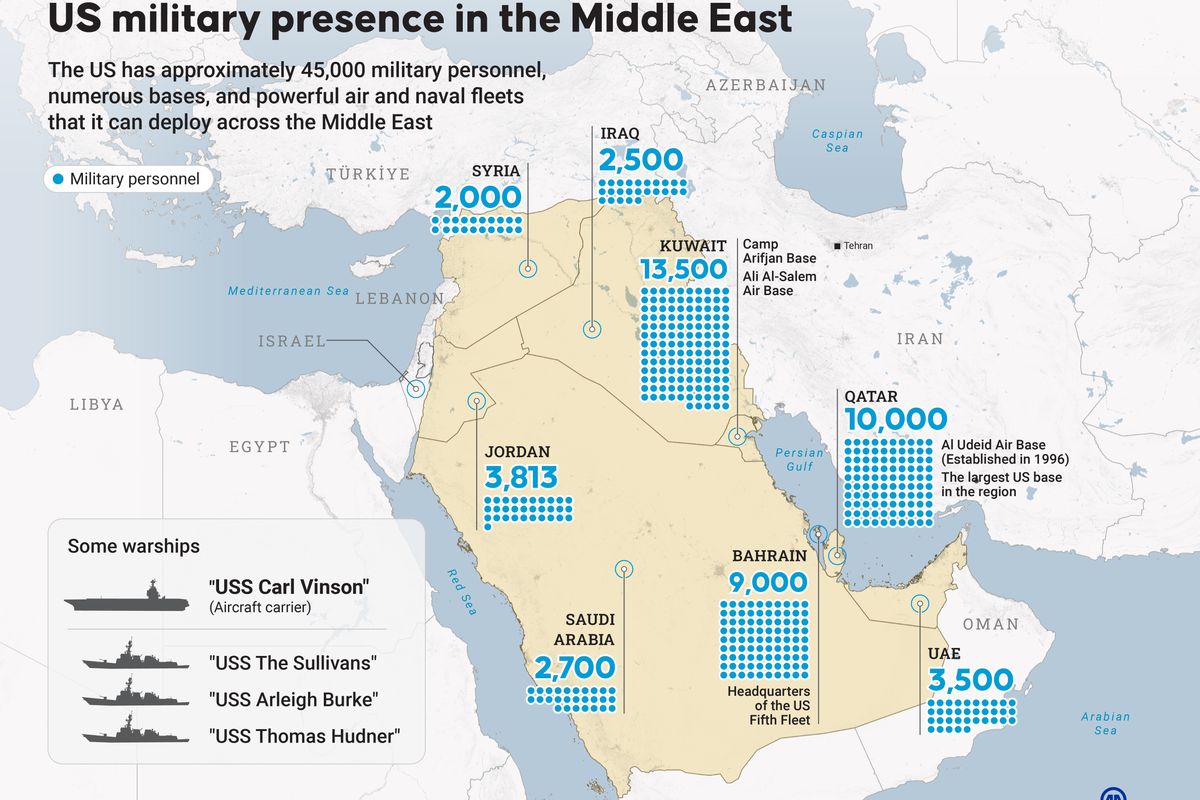Bob Work, the Deputy Secretary of Defense, will tell you the Third Offset is the next generation of warfare. It may take at least ten years but it will showcase the rise of the machine, and the decline of the human in the business of operating weapons systems. The speed at which weapons systems will have to act when going from intelligence collection to kinetic action will no longer allow for determination by human beings, but by on-board software which will require massive amounts of data and make instantaneous decisions at speeds that will be impossible for the traditional command and control systems to match.
Today’s “Great Powers” have reemerged at near-peer capability where the U.S. will no longer enjoy technical superiority. Each will employ weapons platforms with the capability to see and decide, while operating in a time frame and scale impossible for human intervention. These are the machines which will fight our wars for our combatant commanders. To complicate it further, these will not be individual platforms commanded and controlled individually, but they will be platforms operating in tandem with other weapons systems—weapons systems burden-sharing on intelligence collection and weapons employment. Battle plans at that time are not going to mean the same they do today. During the Third Offset it’s going to be a combatant commander with hundreds—if not thousands—of platforms all needing intelligence updates and all providing intelligence updates. The traditional human battlefield commander will be incapable of keeping pace.
Our near-peer adversaries are well aware that these weapons concepts will require robust and resilient communications architectures. It will come as no surprise that these adversaries will focus on the communications “weak link” and interdict or destroy our ability to remain in contact with these sophisticated platforms. At that point, these systems must transition to autonomous mode and become the weapons systems equivalent of a Google driverless car and remain in touch with other driverless cars. This will be machine-on-machine decision-making and this machine symbiosis will have to be instantaneous. These systems will not just be autonomous in terms of traditional flight, float or submersible operations, but artificially intelligent to the point of self-awareness, allowing them to instantaneously—without human intervention—adapt to new situations, threats, targets and a multitude of tasks on the battlefield. Our ability to acquire and deploy these systems will determine success or failure.
These weapons systems and platforms will initially be aware of what a battlefield commander wants to do, as well as aware of each other and of their surrounding environments; and hopefully will launch with a basic load of intelligence. The sophistication and number of these platforms will create a foundational and dynamic intelligence demand that will be nearly impossible for the defense intelligence enterprise to meet—particularly during the stress of warfare against a near-peer adversary.
This Third Offset warfare will include cyber-attacks, offensive and defensive operations in the space, air, maritime, sub-maritime, and terrestrial domains—a form of multi-dimensional chess. This will not be a traditional game of chess, but multi-tiered interconnected games occurring simultaneously where every chess piece is lethal, interoperable, self-aware, and autonomous. Given the United States’ well refined targeting methodology to avoid collateral damage, we have to presume these semi- and fully autonomous weapons systems will carry with them our methodology, our targeting “core values.” They must make the same decisions by using the same rules that our warfighters make today.
It is interesting to speculate on the kind of sophisticated artificial intelligence operating systems that will be in our platforms of the future so they can, without human intervention, make moral and ethical decisions on the battlefield to the same standard as a human operator. Thus no longer can intelligence be an afterthought for the weapons systems program manager. As championed by the former Assistant Secretary of Defense (Acquisition), Katrina McFarland, defense intelligence will have to be a partner at every step of the way during design, development and production of these systems. Ultimately, these sophisticated platforms will be deep-learning and completely dependent on intelligence data—they will not be able to function without intelligence baked into the design at every step of the process. The volume, exquisite nature, and timeliness of the intelligence demanded by these weapons systems is going to be overwhelming.
All of this challenges the definitions that we’ve become so comfortable with—such as decision time frames and the role of intelligence. During the Third Offset, what is the definition of collection, of processing, of targeting? What’s the role of a targeting analyst? What is analysis in that time frame? What do analysts do? Do decision-makers even get to make decisions? How do we integrate intelligence and platforms with our allies? What is the role of the combatant commander and the commander’s staff? These are challenging questions.
Ultimately, what does this mean for the future workforce of the defense intelligence enterprise? It is possible that almost every analyst must be a data scientist. That is a skill set that our workforce today does not possess, and it will take years of transformation to get us to that point. Many challenges lie ahead.










